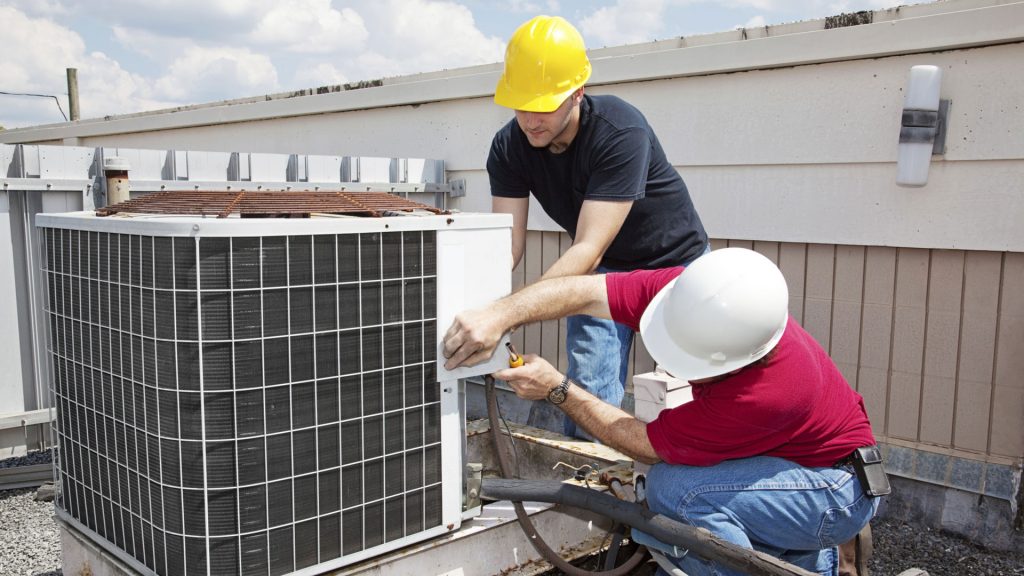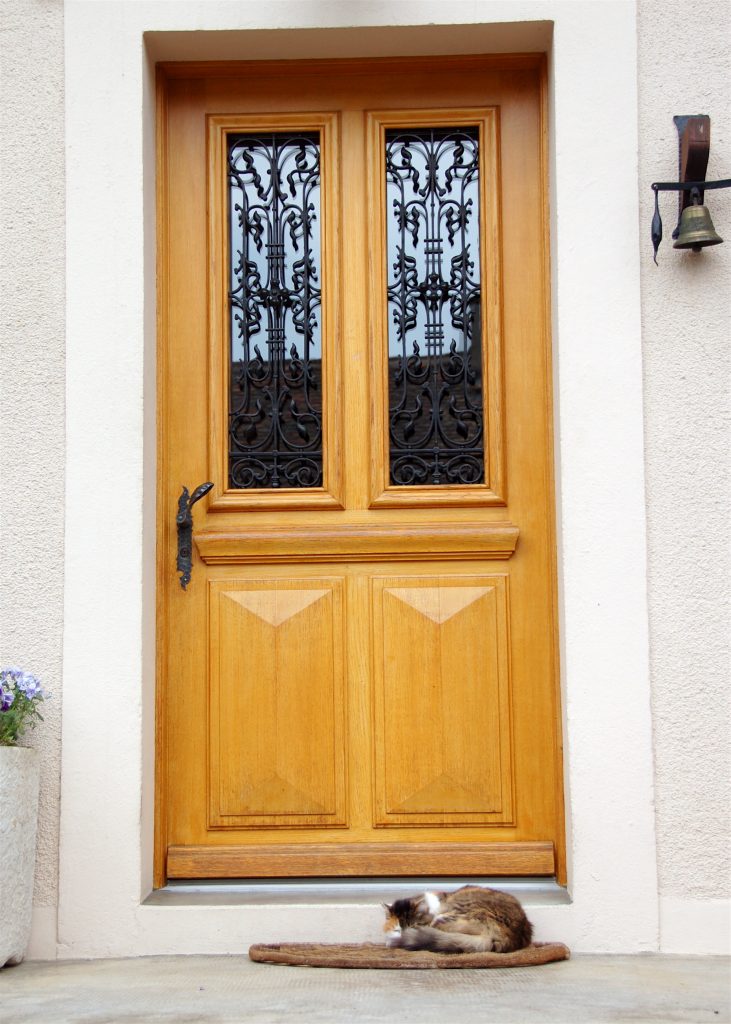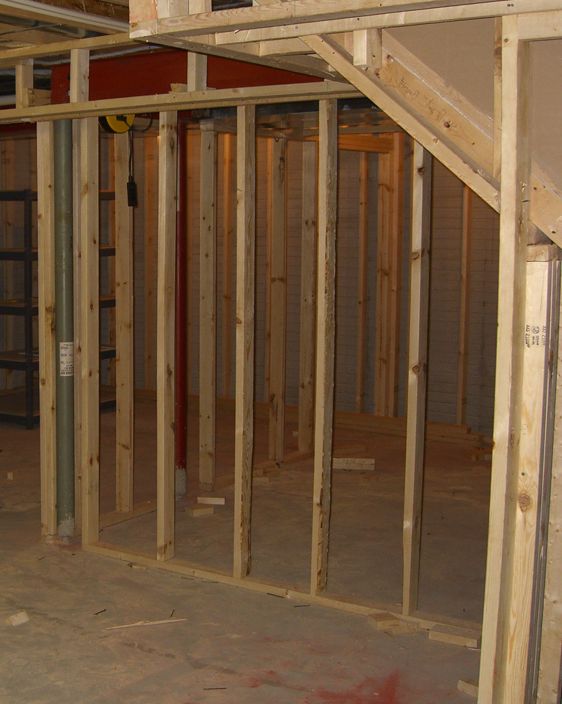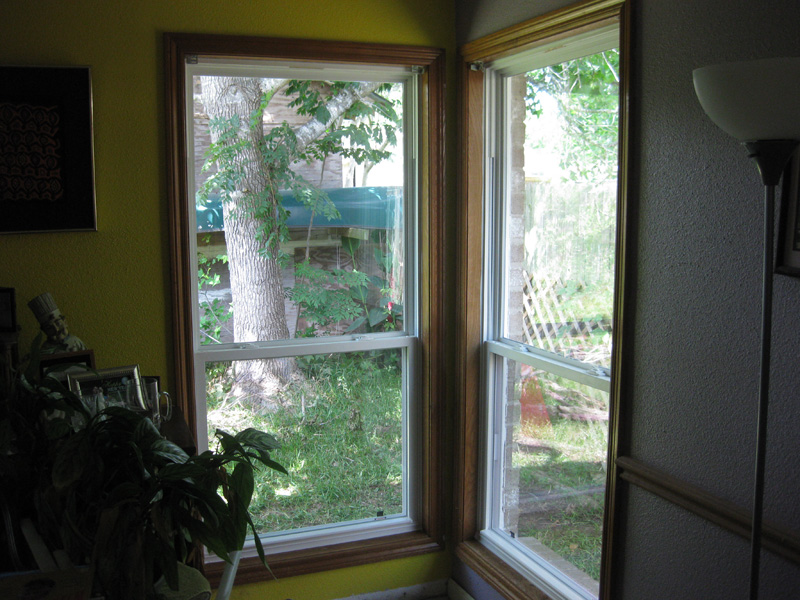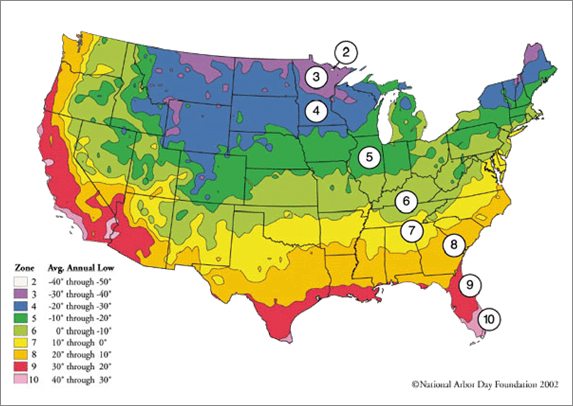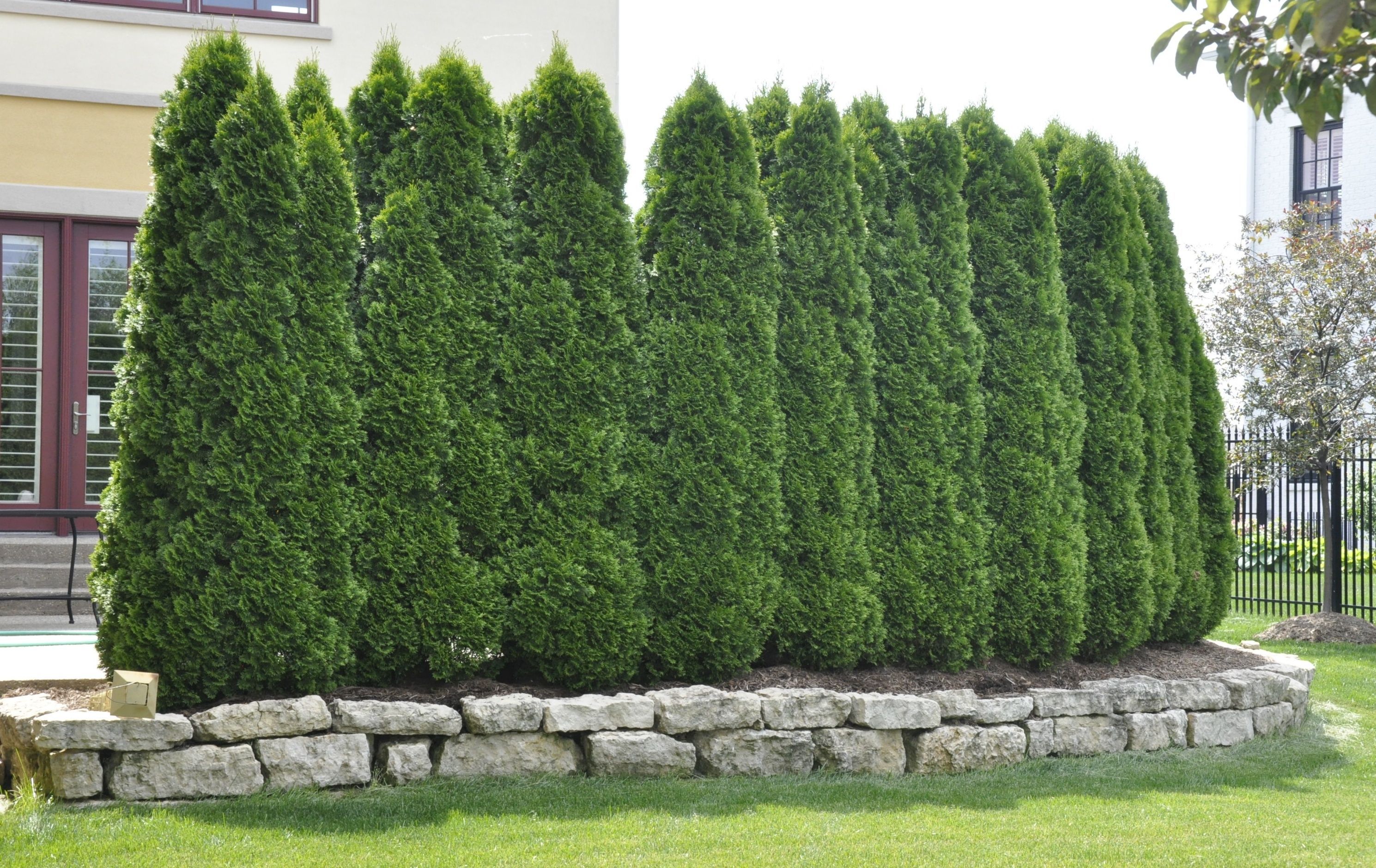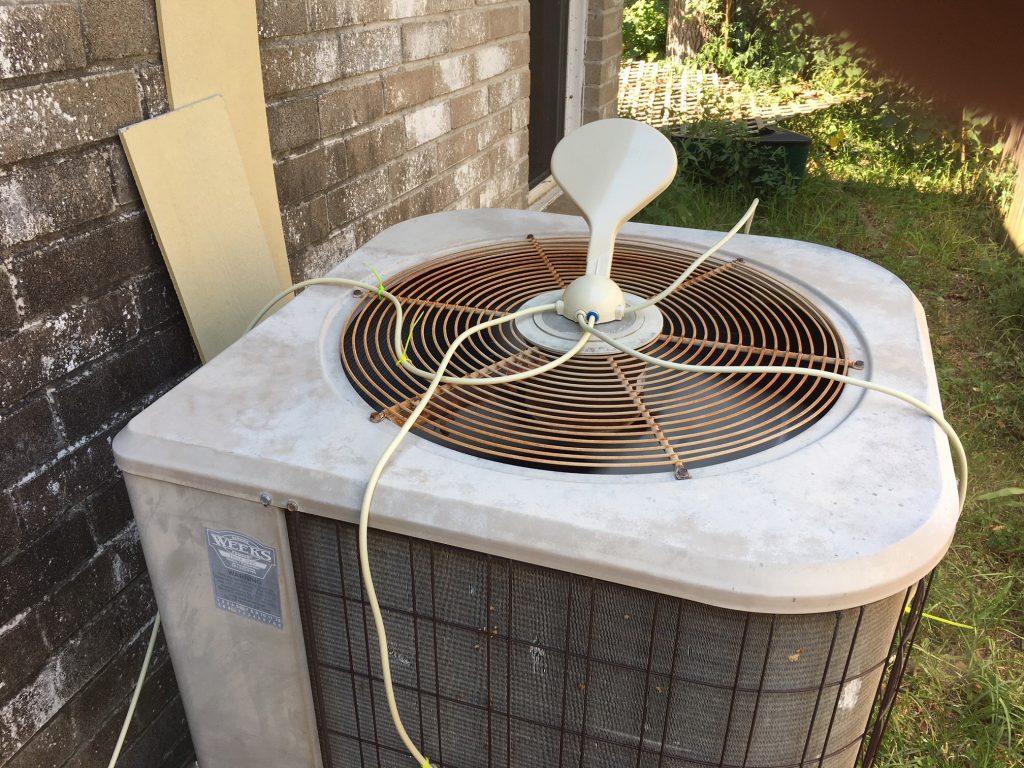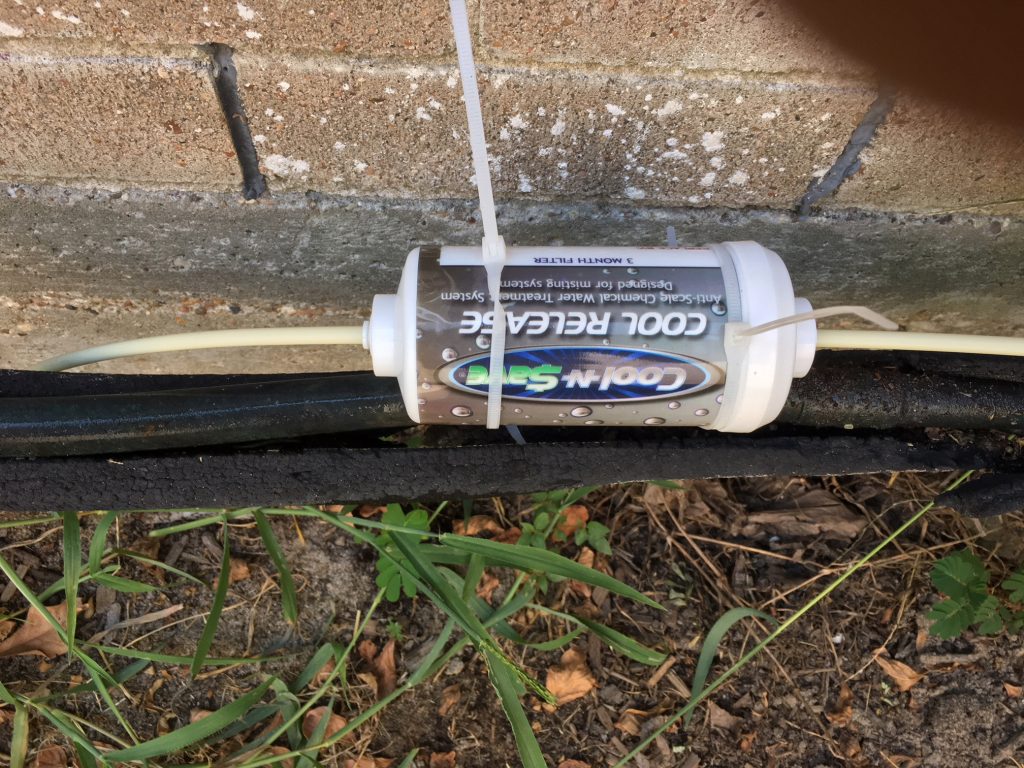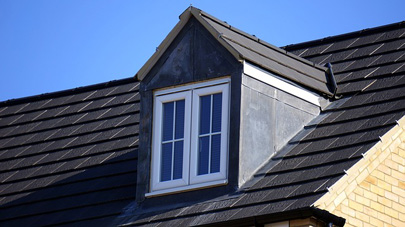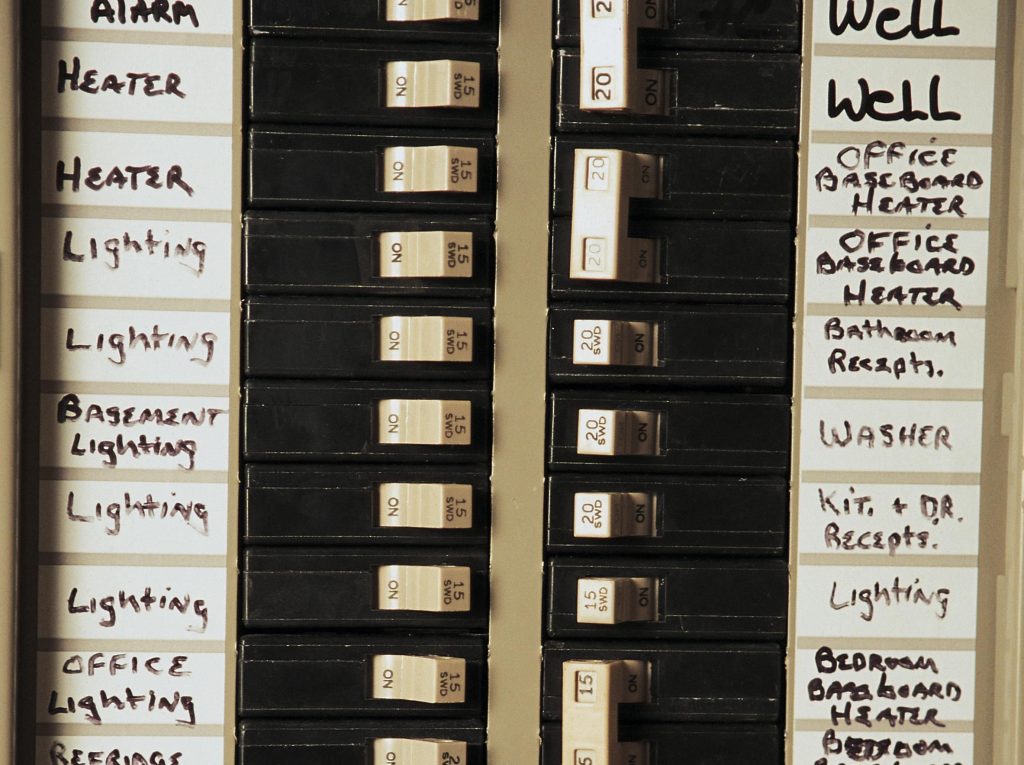Reducing Carbon Dioxide Via Scheduled Building Maintenance
by Kelly R. Smith
|
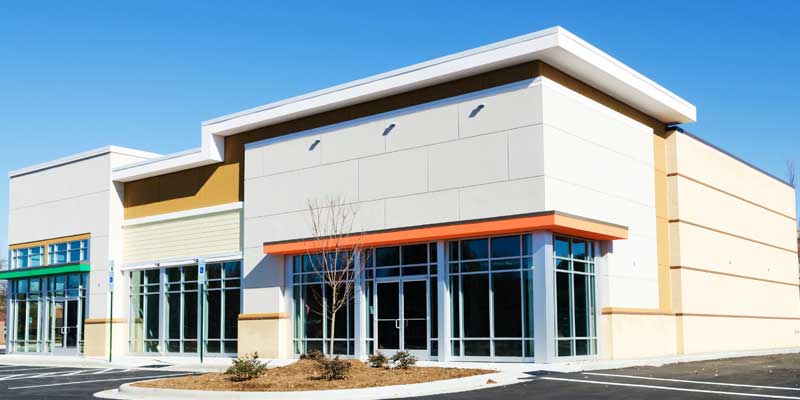
The World Green Building Council tells us that combined, buildings and construction account for, “39% of energy-related carbon dioxide (CO2) emissions when upstream power generation is included.”1 In a previous post, I discussed how HVAC units2 (heating and cooling) systems are responsible for the lion’s share of this and a proposal to capture that carbon dioxide to generate hydrocarbons. This article discusses using paint to minimize CO2 in the first place.
The Quest: Finding an Effective Paint
Researchers have been attempting to come up with products to raise the efficiency of cooling and heating for years. Many types of reflective paint have been developed for the exteriors of both homes and office buildings that would reflect away sunlight resulting in a reduction the temperatures on the interior.
Up to this point, none of these reflective paint products have been successful in deflecting enough of the Sun’s rays that would result in the building’s temperature lower than the ambient conditions. That may be changing.
Researchers in the US say they have developed a white paint with strong cooling properties. Prof Xiulin Ruan, from Purdue University in Indiana says, “In one experiment where we put a painted surface outside under direct sunlight, the surface cooled 1.7C below the ambient temperature and during night time it even cooled up to 10C below the ambient temperature. This is a significant amount of cooling power that can offset the majority of the air conditioning needs for typical buildings.”
The Tech Behind the Paint
The researchers found that the key is adding calcium carbonate. By utilizing a high concentration of this chalky substance, differing the particle sizes, they developed a paint that reflected an astounding 95.5% of sunlight.
Prof Xiulin Ruan said, “Sunlight is a broad spectrum of light wavelengths. We know that each particle size can only scatter one wavelength effectively so we decided to use different particle sizes to scatter all the wavelengths. This is an important contributor eventually resulting in this very high reflectance.”
The paint may have a broad range of applications, in particular data centers, which require large amounts of cooling power. Because this particular paint doesn’t contain metal, it is not likely to interfere with various electromagnetic signals. This makes it ideal for cooling telecommunications equipment.
Of course, it goes without saying that there will be a number of steps to go complete before this product can be put on the market, because like any other product, it needs to be tested for its reliability and efficiency in the long term. The researchers remain optimistic; they have already filed patents and there is already a strong interest from major manufacturers. Cooling paint that can cut emissions from buildings of all types will lower costs across the board.
References
- World Green Building Council, Global Status Report 2017, https://www.worldgbc.org/news-media/global-status-report-2017
- Kelly R. Smith, I Can Fix Up My Home Blog, Can Climate Change Be Minimized Using Air Conditioners?, http://www.icanfixupmyhome.com/WPBlog1/2020/07/29/can-climate-change-be-minimized-using-air-conditioners/
Looking for more great content? Visit our main site I Can Fix Up My Home or our partner sites:
I offer article and blog-writing services. Interested? Contact me for a quote!
Visit Kelly’s profile on Pinterest.
About the Author:
 Kelly R. Smith is an Air Force veteran and was a commercial carpenter for 20 years before returning to night school at the University of Houston where he earned a Bachelor’s Degree in Computer Science. After working at NASA for a few years, he went on to develop software for the transportation, financial, and energy-trading industries. He has been writing, in one capacity or another, since he could hold a pencil. As a freelance writer now, he specializes in producing articles and blog content for a variety of clients. His personal blog is at I Can Fix Up My Home Blog where he muses on many different topics.
Kelly R. Smith is an Air Force veteran and was a commercial carpenter for 20 years before returning to night school at the University of Houston where he earned a Bachelor’s Degree in Computer Science. After working at NASA for a few years, he went on to develop software for the transportation, financial, and energy-trading industries. He has been writing, in one capacity or another, since he could hold a pencil. As a freelance writer now, he specializes in producing articles and blog content for a variety of clients. His personal blog is at I Can Fix Up My Home Blog where he muses on many different topics.





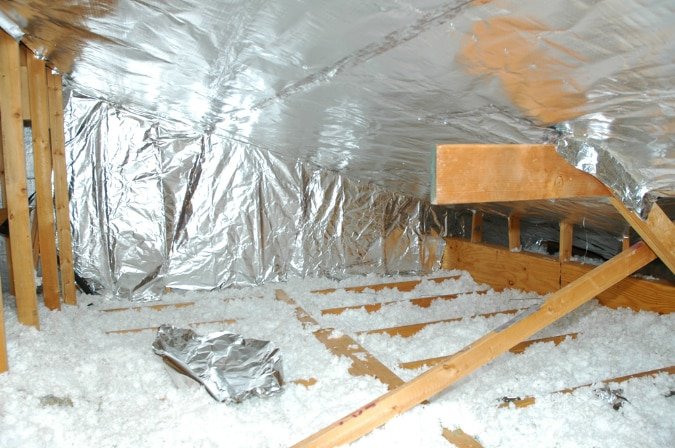


 Kelly R. Smith is an Air Force veteran and was a commercial carpenter for 20 years before returning to night school at the University of Houston where he earned a Bachelor’s Degree in Computer Science. After working at NASA for a few years, he went on to develop software for the transportation, financial, and energy-trading industries. He has been writing, in one capacity or another, since he could hold a pencil. As a freelance writer now, he specializes in producing articles and blog content for a variety of clients. His personal blog is at
Kelly R. Smith is an Air Force veteran and was a commercial carpenter for 20 years before returning to night school at the University of Houston where he earned a Bachelor’s Degree in Computer Science. After working at NASA for a few years, he went on to develop software for the transportation, financial, and energy-trading industries. He has been writing, in one capacity or another, since he could hold a pencil. As a freelance writer now, he specializes in producing articles and blog content for a variety of clients. His personal blog is at 